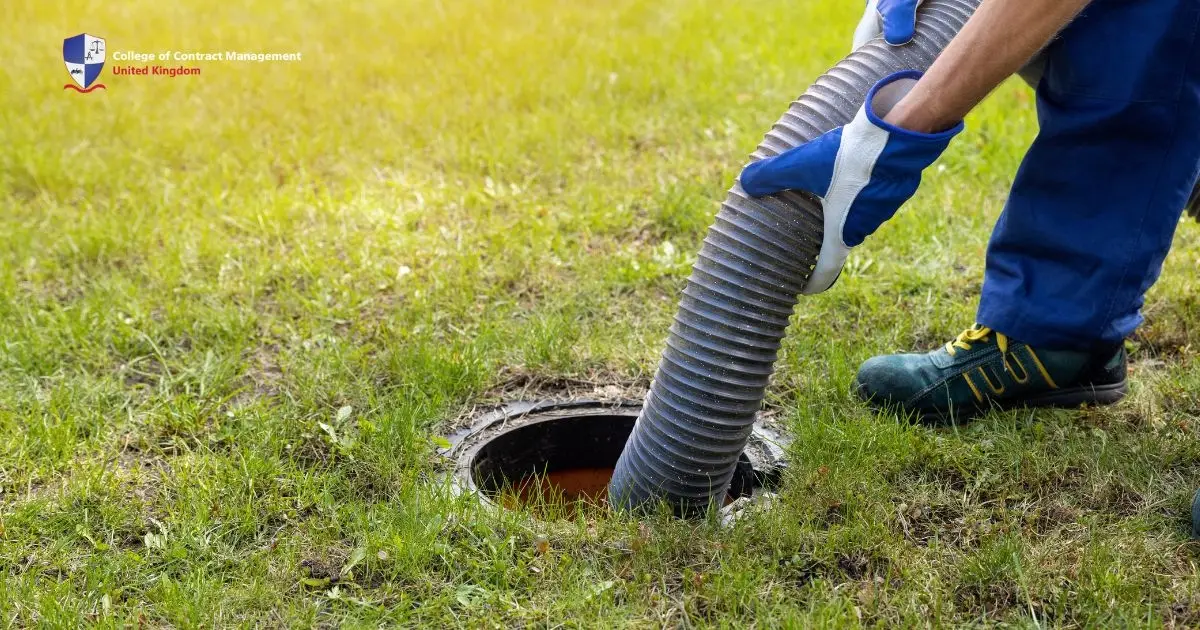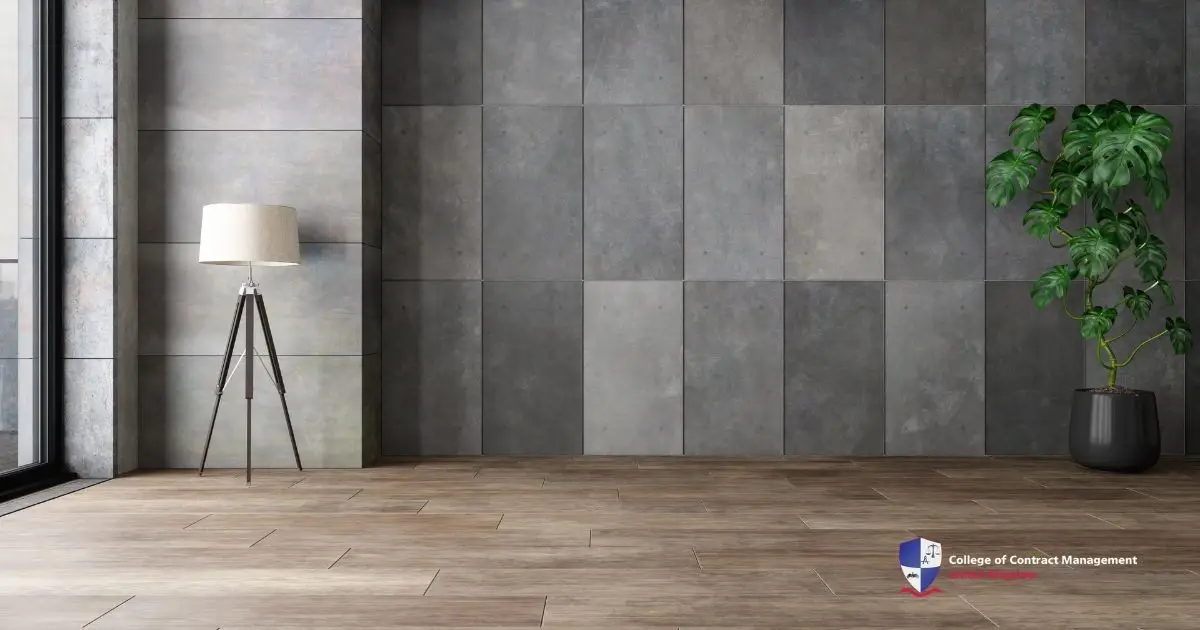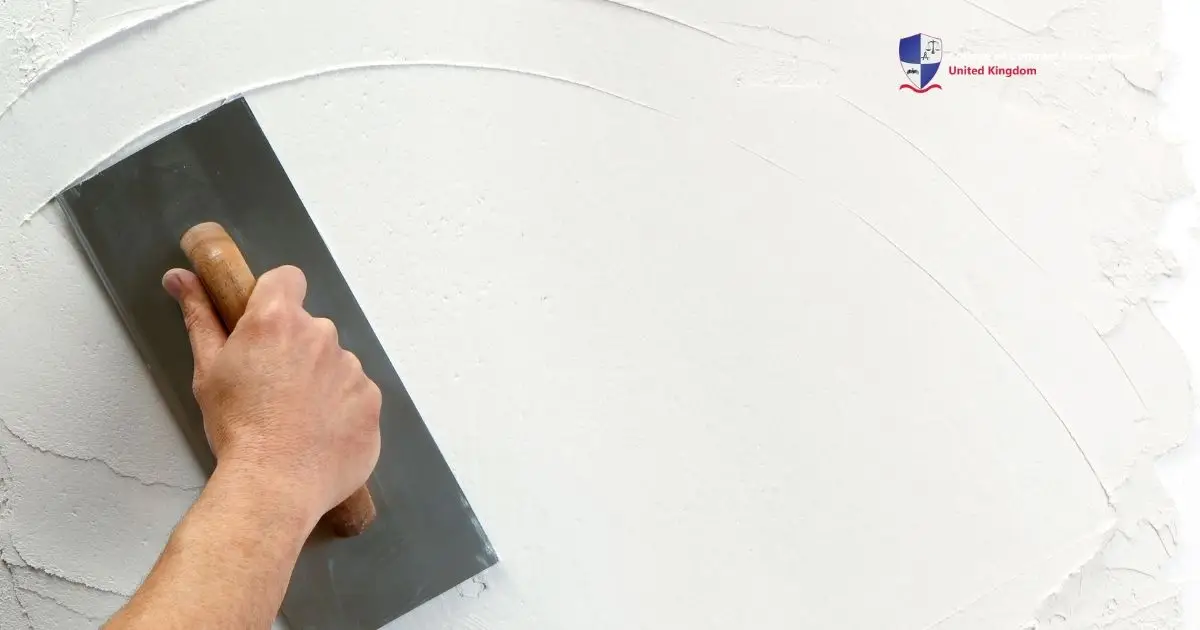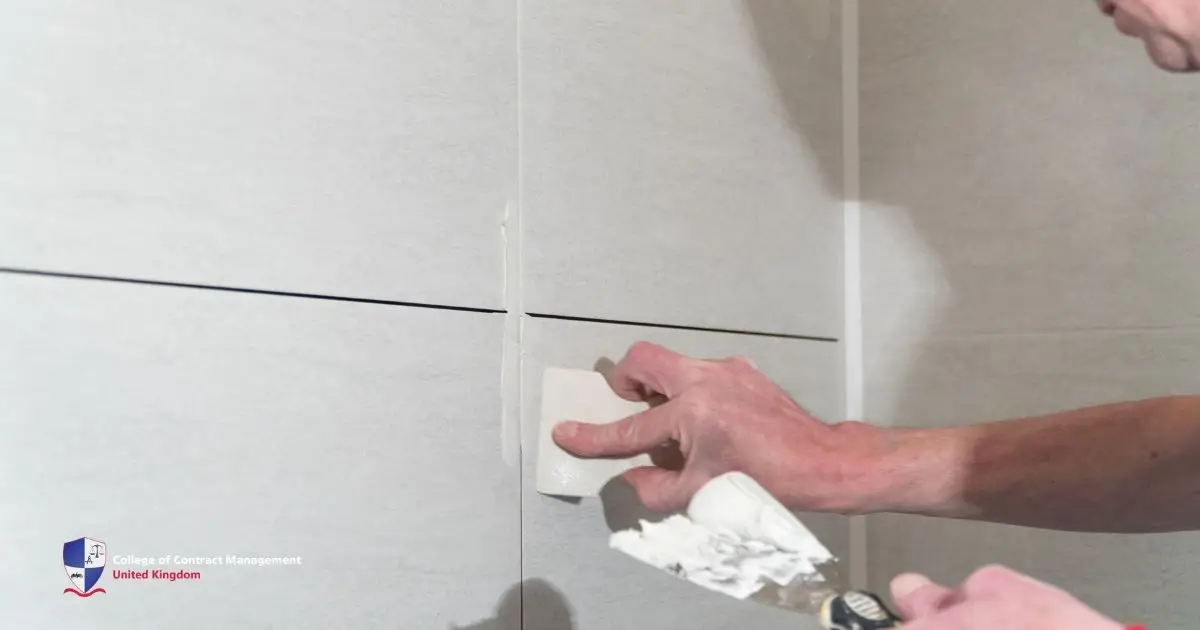A septic tank is an important part of the waste management system. Specifically, for sewage disposal in places where there is no central sewage system, they are an underground tank. Manufacturers usually make it from concrete, plastic, or fibreglass. These will vary in size and type depending on the household’s needs.
Manufacturers make these tanks to treat liquid waste and store waste. Its aim by storing the waste is to break down and separate solid and liquid waste before releasing it into the drainage field. Understanding how a septic tank works and being well-versed in the types is key to knowing which one is the best for your house. In this article, we take a closer look at the types of these tanks and how to choose which one is the best for you.
How septic tank works?
A septic tank works by treating wastewater by separating solid, organic matter, and releasing clear liquid into the surrounding soil. When wastewater flows into the tank, heavier stuff sinks to form sludge while lighter oils and grease rise to form a scum layer. While in the middle, there is a layer of clear water that stays in the tank long enough, which usually takes a day or two for solids to separate out.
Inside the tank, some bacteria will eat some of the waste, which then breaks it down to simpler substances and gases. These tanks are made to hold the water, so these bacteria can do their job. Then, the pipes and stopper inside will stop the scum and sludge from flowing out too soon. The moment bacteria digest the waste, the amount of sludge will eventually go down. Regular maintenance and pumping out to remove what's left behind are needed.
After the separation, the now clearer water, which is known as effluent, flows out into a drain field. The water seeps through the gravel and into the soil, where it will be cleaned further by the bacteria in the fields. This whole process protects the environment by keeping harmful germs and chemicals from reaching and polluting the groundwater. That is how the overall septic tank system works.
Types of septic tank
Septic tank are there are many different types of septic tanks. Depending on your kind of home, the area you live in and the design, you could have any one of these types. This is why we are going to explain all the types in this part of the article to make sure you understand all of the types.
These tanks safely and effectively treat household waste by separating solids from liquids and breaking down waste through natural bacterial processes. What are the differences between each type? We are going to go over a large number of popular types of septic systems, so you can choose which one is the right fit for you. Let's dig in!
Concrete tank
Concrete septic tank are the most durable, long-lasting tanks available. It is made from reinforced concrete that separates solids from wastewater and then holds them for anaerobic cleaning. After that, it will be discharged into a drain field of the already cleaned water. Having a heavy weight and strong construction makes them quite resistant to external pressure. This reduces the risk of crushing or shifting.
Concrete is quite impermeable and less prone to corrosion, due to this being an ideal material for certain applications. A septic tank is unlikely to leak, helping to protect the surrounding soil and groundwater from seepage. As well, it is quite likely to last over 40 years, which makes it a type of tank that you set and forget. However, you still need regular maintenance to ensure the integrity of the tanks.
Additionally, through these benefits, concrete tanks can deteriorate over decades. Hairline cracks can form in the walls, and the steel reinforcements can corrode, which potentially leads to leaks. The installation costs quite a bit, requiring specialised equipment and specialised professionals who can handle the installation or repairs. It is a good material for you if you need longevity and don't mind the higher installation and maintenance price.
Plastic septic tank
Manufacturers make plastic septic tank from high-density polyethene (HDPE), which makes them very lightweight. This makes them easy to transport and install on any house. Being highly corrosion resistant ensures the tank won't rust or degrade when in contact with soil or moisture. It usually has a lower upfront cost compared to other materials. Due to being watertight, plastic tanks require less specialised sealing during installation and can be placed in tighter spaces.
Although plastic tanks are more prone to deformation under load, or even high groundwater. This may lead to them floating or shifting if not properly anchored. With only 30 years expected lifespan for these tanks, it is quite shorter than other types of materials. As well, they need frequent checks and maintenance. These types of tanks are perfect for you who have limited space and can't afford the higher maintenance cost.
Fibreglass tank
Manufacturers make fibreglass septic tanks from corrosion-resistant fibreglass, which makes them quite lightweight and easy to handle. Even in tight sights or shallow digs, it is still possible to install them. Their smooth, non-porous surface is resistant to rust, cracking and even chemical damage. They have an expected lifespan of over 40 years with little to no maintenance needed.
Pre-moulded inlet and outlet fittings speed up the plumbing connections. The material won't degrade underground, they have little need for checks or repairs. They require pumping less often than other materials, making them the best of both worlds with concrete and plastic. However, this also means similar issues will come up with fibreglass as well.
In addition, the same lightness issue as the plastic also comes up with a fibreglass tank. It can float or shift in areas with high groundwater unless properly anchored. They cannot bear heavy loads as well as concrete does; traffic or soil weight can easily damage them. To avoid leaks or structural failures, professionals should inspect them annually and pump them every three to five years. This catches cracks, scum buildup, or installation issues before they become costly problems. Homeowners who need the best of both worlds in material properties will find this type of septic tank ideal.
Traditional tank
Builders construct a traditional tank from bricks and concrete, or stone, which consists of two or three chambers. It works by using gravity to move waste through the tank. The heavy waste settles to the bottom, forming a sludge layer, while oils and fats float to the top. This creates a scum layer, leaving a clear effluent layer in the middle. After treatment, then discharges the effluent layer into a drainage field for further treatment.
Nevertheless, people no longer prefer traditional septic tanks due to their limitations. As these tanks do not separate heavy waste from the effluent, leading to the potential pollution of the drainage field and groundwater. These tanks require relatively high maintenance, and their longevity is limited. Experts no longer recommend using these types of tanks.
Conclusion
In summary, concrete tanks give incredible durability for high-load sites, plastic tanks give a cheap alternative if you need lightweight solutions for easy installations. Meanwhile, fibreglass tanks balance longevity with ease of handling. Before choosing the type of septic tank, consider soil conditions, groundwater levels and your budget. Each material excels under specific circumstances, so choose based on your property’s needs.
The College of Contract Management can be the perfect place for you to learn more about construction materials like septic tanks. We also offer so many insights and courses about relevant topics, including construction. If you’re keen to build a real career in this trade, joining the CCM can give you a solid start. The certificate you earn holds weight where it matters, on-site. It’s a step towards better skills, more trust, and proper opportunities. Ready to get going? Reach out to the CCM now!





